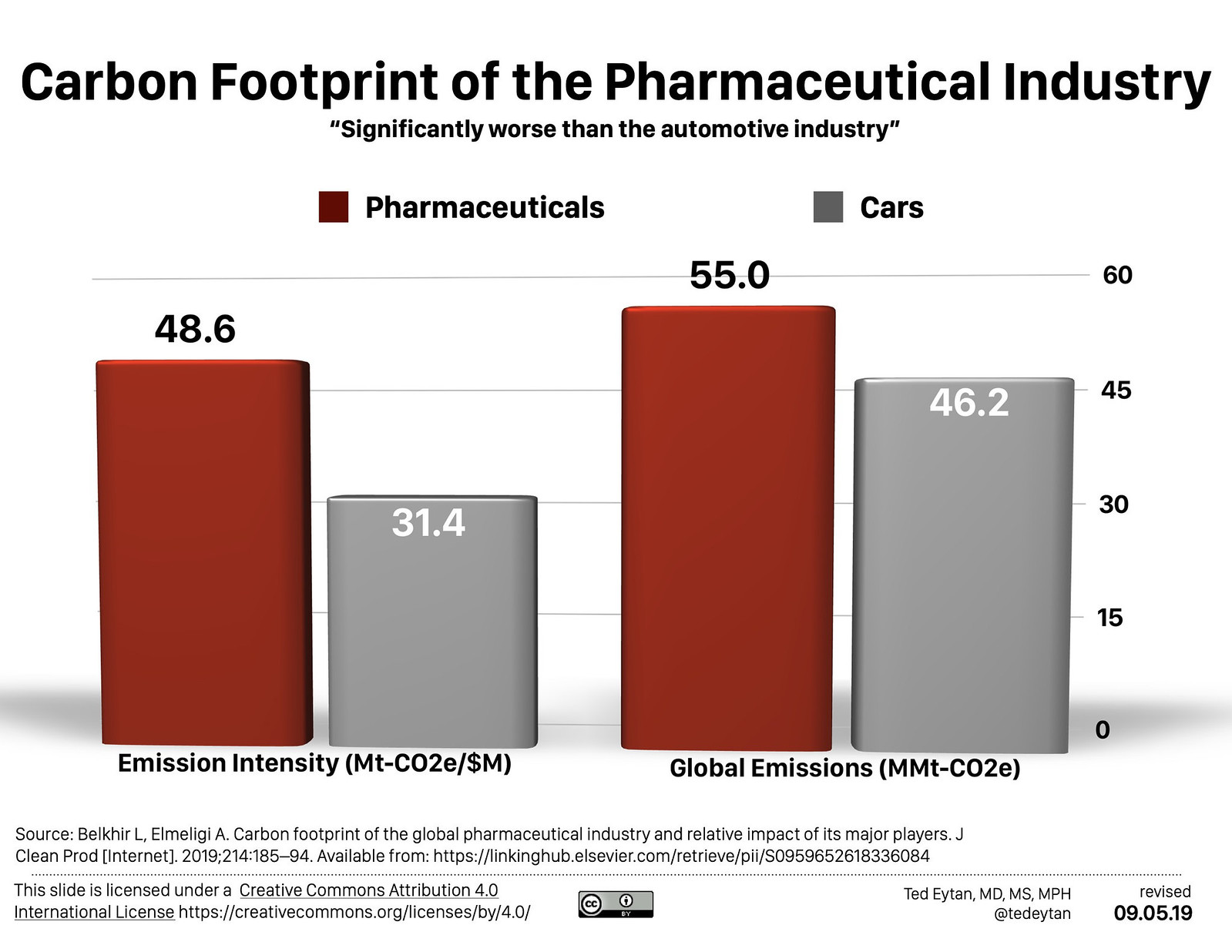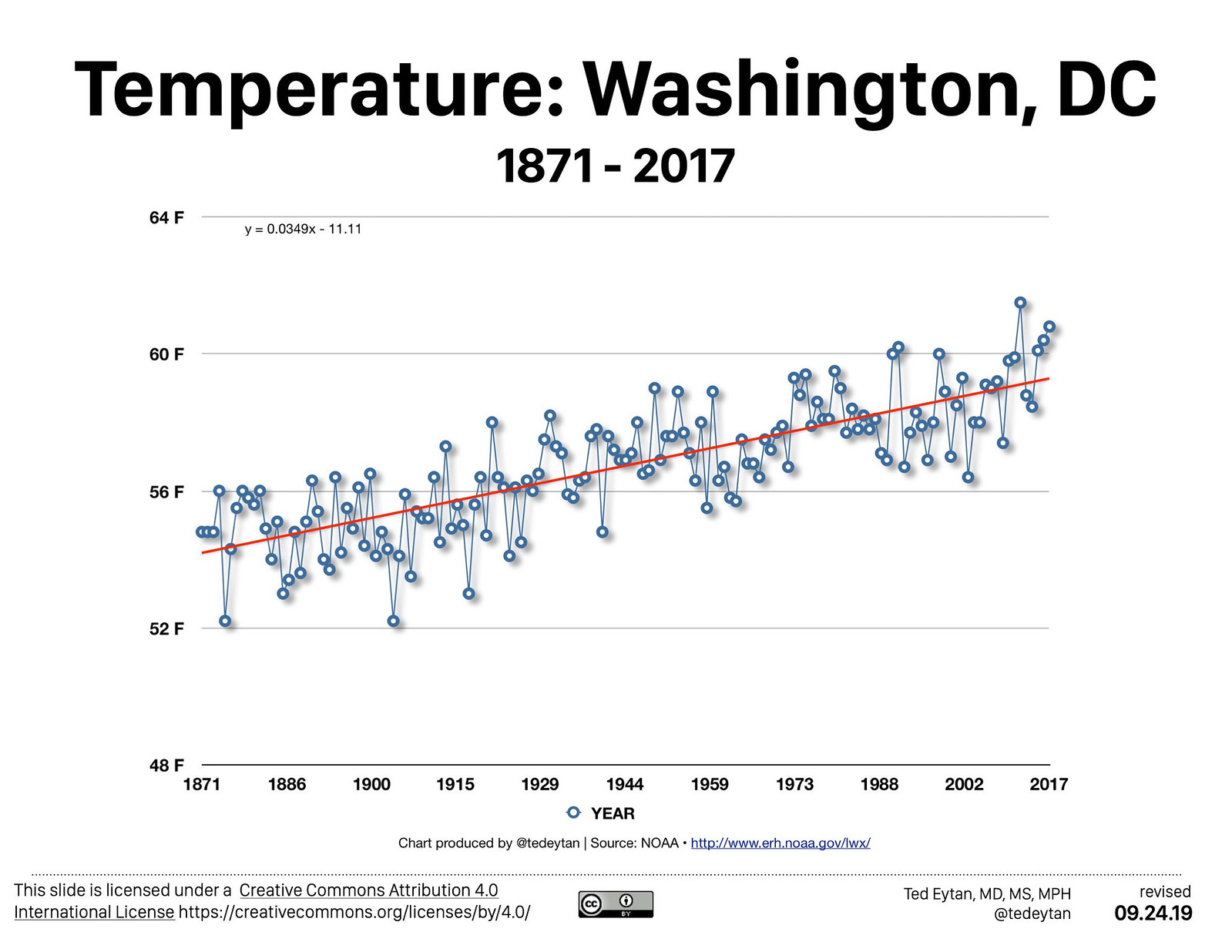
This is an update of previous posts from October, 2019 and February, 2020 with a new calculation, additions to my learning, and a purchase of carbon offsets for this year.
Climate change is still a threat to human and planetary health
People who eat animal-sourced foods to maintain their metabolic health are equi-capable and equi-responsible for mitigating climate change.
We can’t have healthy people on a sick planet, or sick people on a healthy planet.
2020: Massive reduction via elimination of air travel
The events of 2020 revealed something of a silver lining, in the collapse of air travel globally.
The world faced the reality this year that unlike nutrition, air travel is not essential.
For my calculation, there’s a massive 7 metric ton reduction from 2020 to 2021, which is equivalent to going vegan for 6 years, in just this one year.

Calculating carbon footprint
It’s very difficult, if not impossible, to accurately calculate one’s carbon footprint, because of the different assumptions made about lifestyle in each model.
I’m using the United Nations’ Carbon Offset Platform calculator as a baseline. A more comprehensive calculator with good documentation developed at UC Berkeley is also available (see references). The UN calculator allows you to buy offsets following your calculation, which is convenient. I’ve written about how to do all of that in a separate post.
Diet
This seems to get all of the attention in personal carbon emission reduction, even though it’s not the most dominant source. There are a lot of theories about this, related to ideological and political considerations. I’ll start there since that’s the environment we’re in.
Estimations of animal sourced food vs a vegan diet seem to range between increase in emissions by 0.8 – 2 metric tons of carbon emissions/person/year. The UN model adds 1.21 metric tons for a meat-inclusive diet so that’s what’s I went with. I have gone farther in depth to model the assumptions made by these calculators and believe that 1.2 metric tons makes sense.
- Animal sourced food diets emit more carbon than vegan ones, the question is by what margin
- I am aware of the literature around regenerative agriculture and other approaches; my understanding is that these are still in the theoretical stage – if anyone has better information, send my way.
- The model used in this calculator is based on the Standard American Diet (SAD) and not low carbohydrate, healthy fat, real food (LCHF) approaches
- It includes snacking, refined grains, and artificial foods, and does not incorporate impacts of greater health care use from these things
- It assesses food source based on “carbon emissions per kcal,” which doesn’t account for nutrient density, amount of food required for nourishment and associated carbon costs (packaging, transport, etc etc).
Since 2019, a new study out of Japan has modeled the diet-related carbon footprints of high carbon emitting households and low-carbon emitting households and found just 9% of the difference is related to meat purchases. See: Metabolic Health Mythbusting: Meat Consumption Does Not Explain Differences in Household Food Carbon Footprints in Japan)
Goods and services, including health care
- The UN calculator does not incorporate emissions from goods and services, including health care. The CoolClimate Network calculator out of UC Berkeley does make an attempt at this.
- A separate calculation for a non-diabetic shows 1.99 less metric tons/year, based on pharmaceuticals only. There is a lot more that goes into treating diabetes than medicines. A look at the carbon footprint of healthcare helps here (10% of US carbon emissions)
- You can access impact of pharmaceuticals in this blog post: Just Read: Carbon footprint of the global pharmaceutical industry – “Significantly worse than the automotive industry”
Here’s that image, again – where cars and carbohydrates come together in an un-healthy way….

Energy – source of greatest emissions
- Not owning a car reduces emissions by 2.51 metric tons / year
- Household energy use and air travel are significant contributors to the carbon footprint. Compared to last year, I’ve eliminated air travel. Good riddance.
Overall calculation
The greatest impact on carbon footprint is in managing energy use, and that includes energy used for transportation as well as to create goods and services whose use could be averted (such as health care).
I don't eat meat, for several reasons. But I am concerned about crap arguments that hopelessly exaggerate the carbon emissions associated with eating meat.
Science matters. Getting the facts right matter. Regardless of your opinions.
This thread: https://t.co/1GfE83lmU6 https://t.co/uUcuqkmEFx— Prof Michael E. Mann (@MichaelEMann) July 17, 2018
Carbon offsets
I have purchased carbon offsets for the footprint above for 2020. It’s easy to do, via the United Nations. I plan to do the same for 2021.
Our climate is changing:

And, we’re in the era of diabetes reversal, why don’t more doctors know?
Feel free to check my work in the comments, we have a desire to know rather than a desire to be right.
References
- United Nations: offset.climateneutralnow.org
- CoolClimate Network: coolclimate.org/calculator
- Jones CM, Kammen DM. Quantifying Carbon Footprint Reduction Opportunities for U.S. Households and Communities. Environ Sci Technol [Internet]. 2011 May [cited 2019 Oct 3];45(9):4088–95. Available from: https://pubs.acs.org/doi/10.1021/es102221h
Disclosures
See my disclosures page. Short version: I have none.